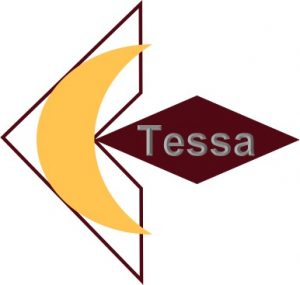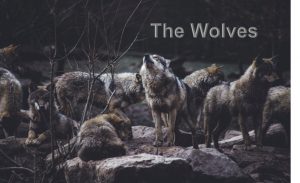Guest Speaker – Verena Roberts
Open Learning Design Intervention
- Real learning begins when we are left to figure something out, it’s about the doing.
- Learning happens everywhere, creating access
Design for learning – teacher job to create access
Learning is learning, doesn’t matter the name
Formal learning theorists: Vygotsky, Dewey, Barth, Scardamalia & Bereiter
Informal: other teachers, environment
Personal Learning environments
Interactions – Collaboration – Connections (outcomes, objectives, competencies)
- Students being creative and innovative
- Digital literacy ; space to build personal learning environments
Reflective
OLDI
- Relationships
- Co-designing learning pathways
- Building & sharing knowledge (assessment – using dig. Lit. to build PLNs)
- Building Personal Learning Networks
Scaffolding has to happen slowly and be very intentional :
Learning Plan #1 – searching and communicating online
LP #2 – who is my online audience?
LP#3 – How do I solve community Problem?
LP #4 – What it my story based on? What is my perspective? How does my story inform my identity?
It was good to see the struggle-in-action of using technology. I think that it’s really important to really prepare and have pretested your system of communication if using technology. I will always prepare for the worst-case scenario when using technology. Just to know that my back-up pathways will work. and if all goes perfectly that’s great. I just would want to be prepared for any potential technological issue.
Presentations
OpenEd Resources – Hannah and Ruth
commonsense.org education
Integrating Technology in the Classroom – Anna, Sydney, and Kathleen
Using technology needs to be appropriately, meaningful and empowering.
Question use of technology; screening content – what is being accessed/age appropriateness/its the world but in a tiny mirror so rules and boundaries need to be discussed and held.
Is a supportive tool – use it only when it enhances activities.
3D design & printing – Nick & Jamie
amazing applications for biology, chemistry, any science topic really, math, design, and story telling!


Recent Comments